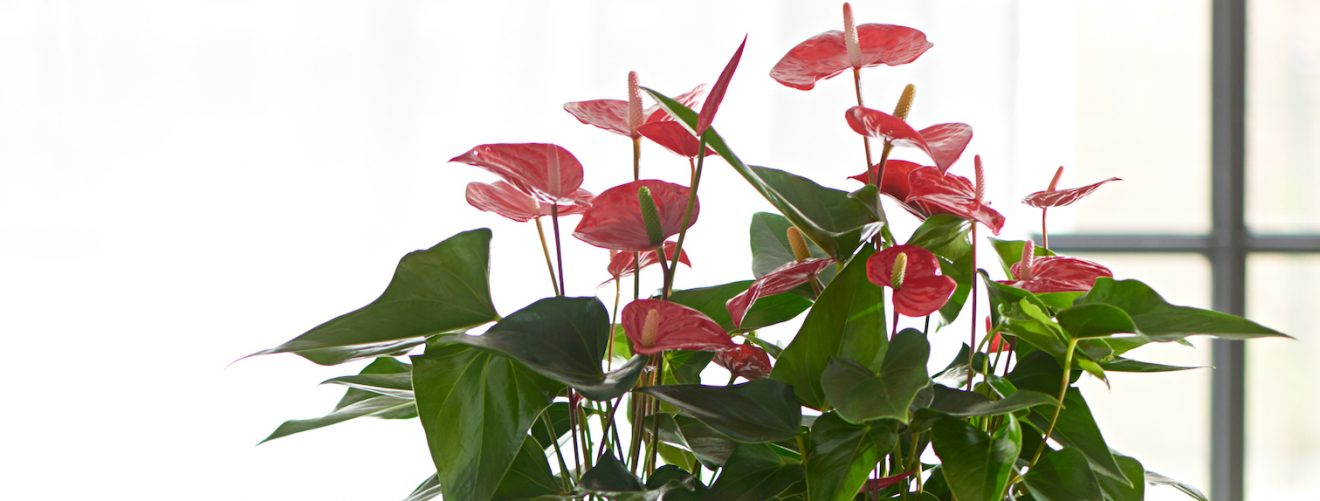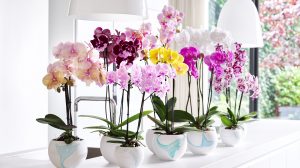Plants purify the air, we’ve been reading it more and more lately. But is that really true? And how does it work? We decided to look into it.
Fact: plants can purify the air
In 1989, NASA research showed that indoor plants can purify the air of unhealthy substances such asbenzene, formaldehyde and trichlorethylene. Benzene is usually found in glue, paint, plastic and detergents, formaldehyde is one of the most harmful volatile organic compounds present in all homes, offices and public areas, and trichlorethylene are solvents used in various synthetic materials. Moreover, plants turn CO2 into oxygen, they can absorb formaldehyde in their leaves, and make dry air more humid. The anthurium does well in low light conditions and is known as a long flowering houseplant.
Environmental Research (Alterra), an ongoing study by Wageningen, already shows that indoor plants have a positive effect on the health and well-being of people in offices and care institutions. Next to that, companies with plants could save on the costs of airconditioning.
How many plants are needed to purify a space?
The amount of plants needed per m2 to purify a space depends on the size of the plants. For example, an anthurium in a pot size of 14 cm (6 inch) — one of the most popular pot sizes — requires only one plant per 4m2 to purify the air sufficiently. In a living room or office space of 36m2, nine plants are needed to purify the air.
Also see: Anthurium care: 7 tips for anthurium cut flowers and pot plants














